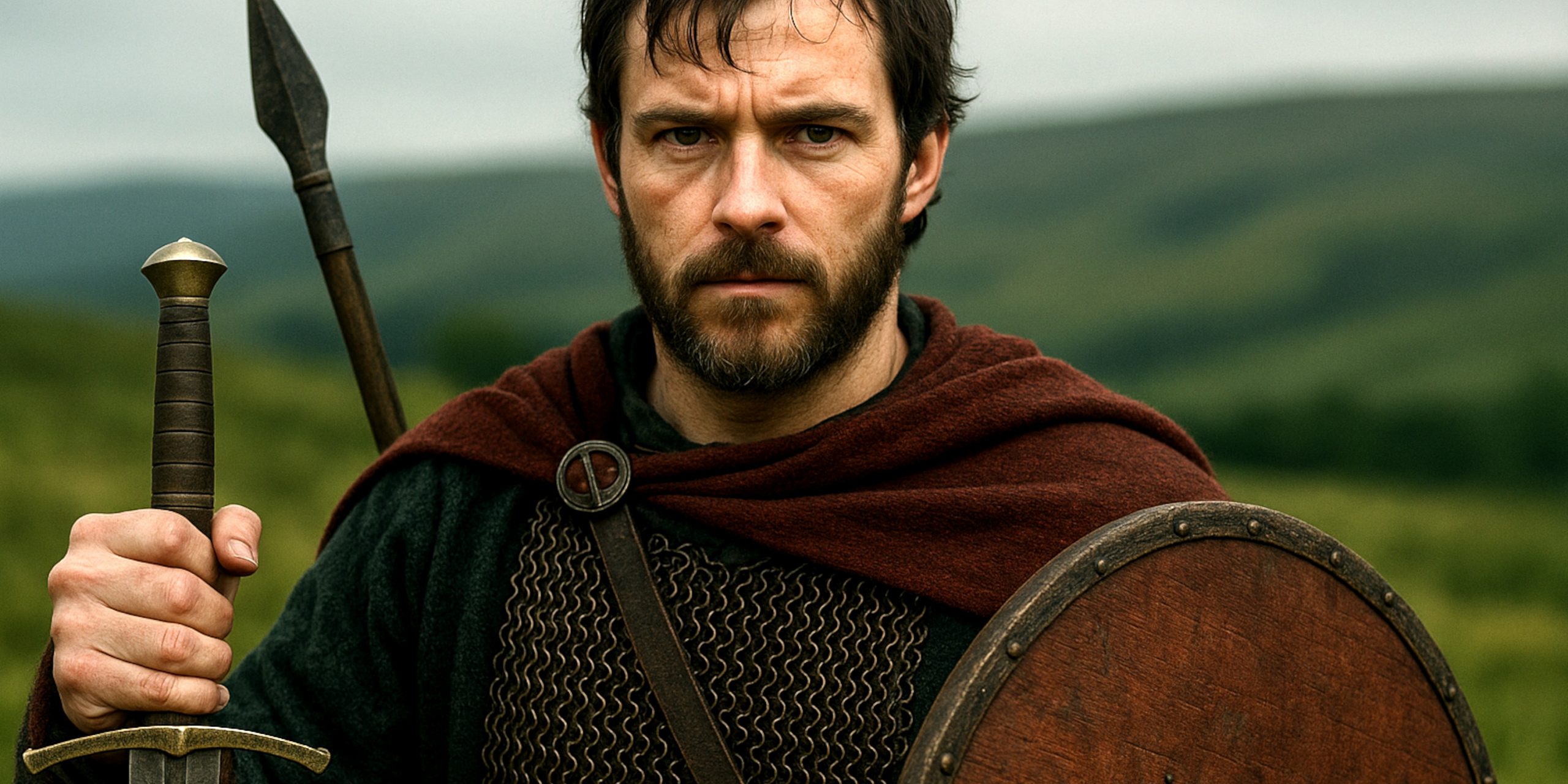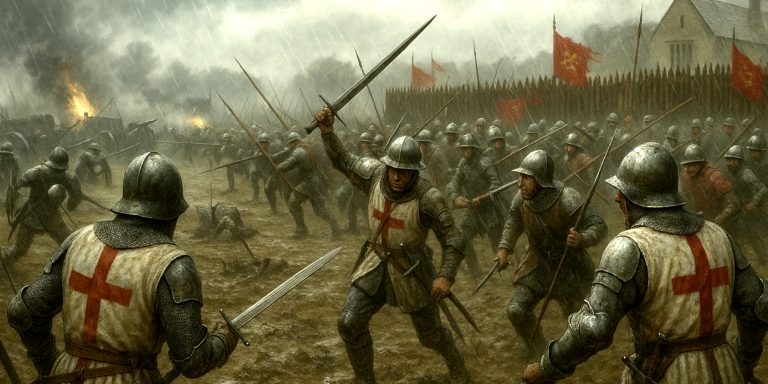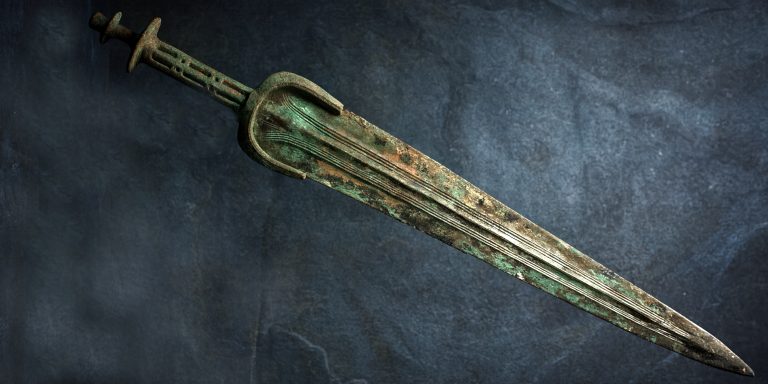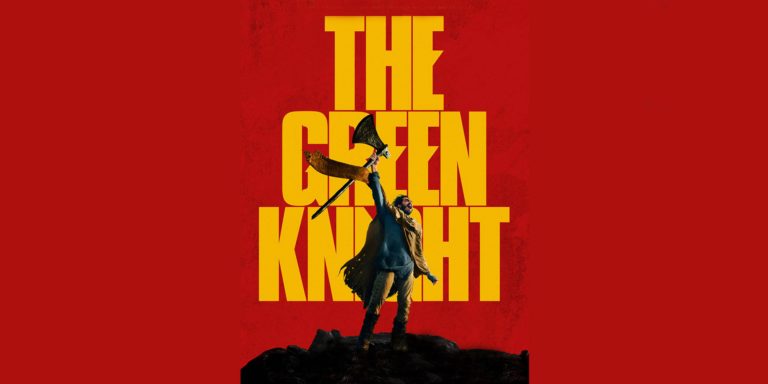
Oswald is one of those early medieval figures who feels half flesh, half legend. The records come in thin, scattered lines. Yet every time you look at them closely he steps forward with a surprising sharpness. A young exile raised among the Gaelic elite. A warrior king who battled his way back into Northumbria. A ruler whose blend of political tact and battlefield nerve shaped the north far more than his short reign suggests.
What we have is a mix of Bede’s admiration, archaeology’s patience, and the odd later saga that takes liberties. Still, the man behind these pieces seems worth the effort.
Early Life and Rise to Power
Oswald grew up in exile after his father, Æthelfrith, fell from power. That exile sent him to the kingdom of Dál Riata in western Scotland. He spent his formative years in a Gaelic court surrounded by Irish Christian influence, which created a hybrid identity, part Bernician prince, part Gaelic-trained warrior, part deeply committed Christian. It shaped his politics and his personal outlook.
When the moment came to reclaim his father’s territory he returned not as a lone pretender but as a trained commander backed by elite Gaelic warriors.
Arms and Armour
Oswald lived and fought in the seventh century, a period where equipment varied widely by region. We cannot map his exact kit piece by piece, but the archaeological record from Northumbria and Dál Riata gives a solid sense of his likely gear.
Probable arms and armour associated with Oswald’s world:
- A pattern welded sword, straight and suited to strong cuts. High status burials in Northumbria show this craftsmanship clearly.
- A large round shield with a strong central boss.
- A throwing spear and a heavier thrusting spear. Spears dominated the period and often outnumbered swords on any battlefield.
- A helmet of Anglo Saxon style, likely functional rather than ornate.
- Mail armour for elite fighters. His Dál Riatan training suggests he would have been capable both mounted and on foot, though much Northumbrian fighting held to tight shieldwalls.
This was a world built on loyalty and brutal close combat. His gear would have matched that, practical but high status.
Battles and Military Acumen
Oswald’s military career is defined by bold choice and firm discipline.
Battle of Heavenfield
After returning from exile he marched against Cadwallon ap Cadfan, the British king who had dominated Northumbria. Though outnumbered, Oswald chose ground that forced Cadwallon into a disadvantage. Tradition says he raised a cross before battle and prayed aloud, a gesture that served both faith and morale. His forces, a mix of Gaelic allies and Northumbrians, held formation, broke Cadwallon’s line, and killed him.
From a tactical perspective the clarity stands out. He shaped the terrain, inspired his men, and executed a plan that relied on cohesion.
Campaigns in the North and West
Oswald consolidated power across the north, extending influence into Bernicia, Rheged, and beyond. The records blur but the overall pattern shows diplomatic skill matched with military readiness. His upbringing in Dál Riata may have given him a wider network than most Northumbrian rulers possessed.
Conflict with Mercia
Penda of Mercia proved the most dangerous rival. Oswald’s final battle at Maserfield ended with his death while defending his allies. His fall shifted the balance of northern power, yet his reputation endured strongly enough to shape later generations.
Where to See Artefacts from His Reign
Although nothing directly linked to Oswald survives, museums across Britain hold items that show the culture and craftsmanship of his time.
- Jarrow Hall, Bede’s World
Displays early monastic material shaped by the era Oswald influenced. - Museum of Archaeology, Durham
Holds early medieval fragments and weapons typical of Northumbria. - National Museum of Scotland, Edinburgh
Features artefacts from Dál Riata, close to the world Oswald grew up in. - Lindisfarne Heritage Centre
Offers insight into the religious environment he fostered by supporting Aidan.
Latest Archaeology and Scholarship
Archaeology across Northumbria often works in small increments, but those increments build a clearer view of Oswald’s kingdom. Settlement studies show a landscape more unified under his rule than once believed. Excavations at Yeavering highlight a royal centre where ceremony and warfare sat side by side, fitting Oswald’s profile neatly.
Weapon burials from the period reveal a culture where elite status carried a strong martial identity even among Christian rulers. Landscape analysis near Heavenfield suggests the site offers the natural defensive advantages Bede describes. Standing there, you can imagine a smaller force anchoring itself confidently on the high ground.
Personal Thoughts as a Historian
Oswald draws me in because he stands at the crossroads of exile, warfare, politics, and belief. Few rulers hold so many contradictions so comfortably. He governed with Christian conviction yet fought with a hardened warrior’s clarity. He died defending allies yet left a legacy strong enough that monastic writers still spoke of him with warmth generations later.
For a king whose reign lasted only eight years, he reshaped northern England in ways that outlived him. The more I read about him the more he feels like a man who made decisive choices with limited time, aware that every decision mattered. There is something strikingly human about that.
Watch the documentary:



